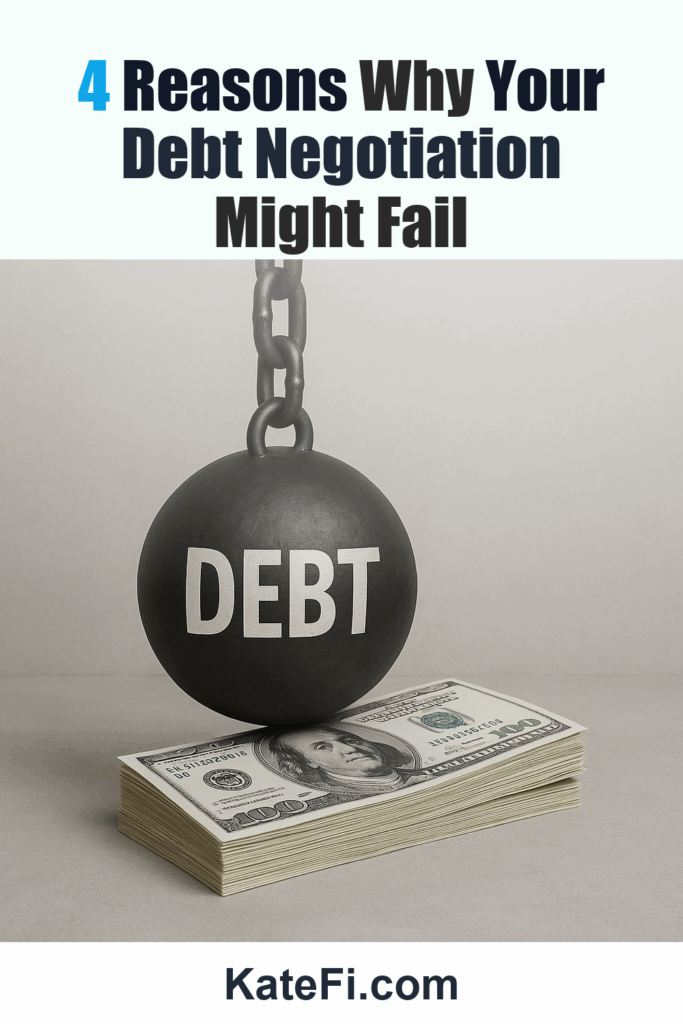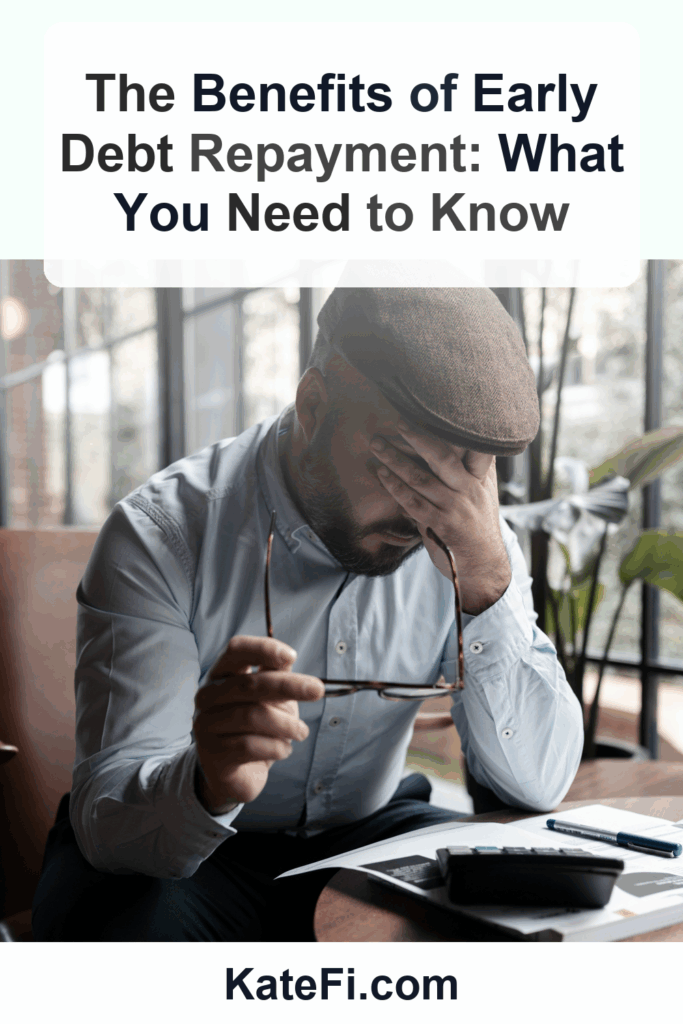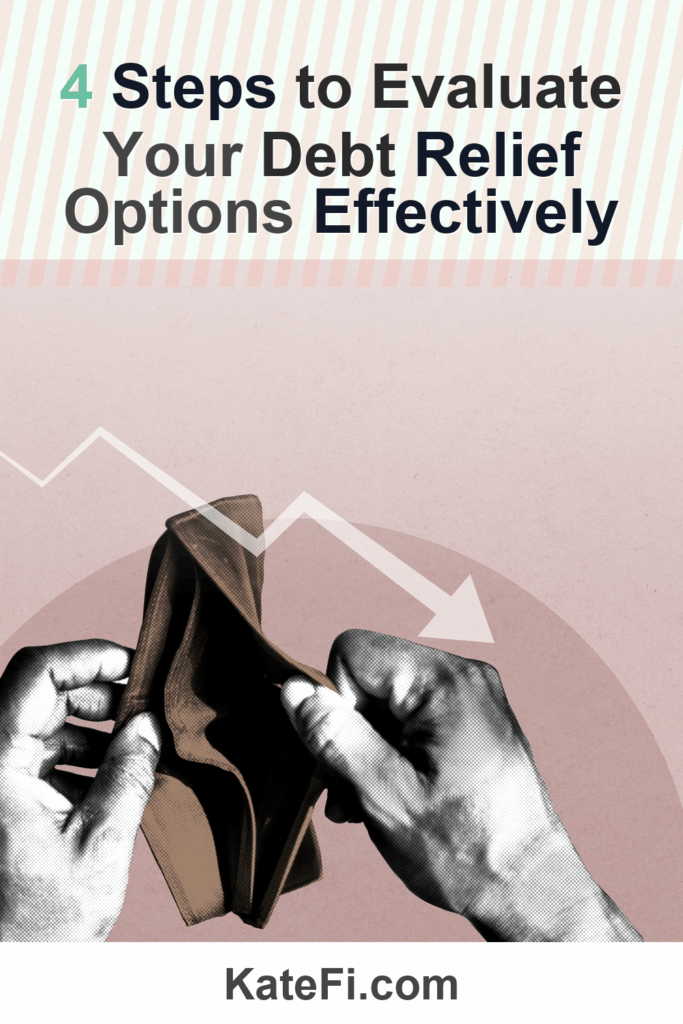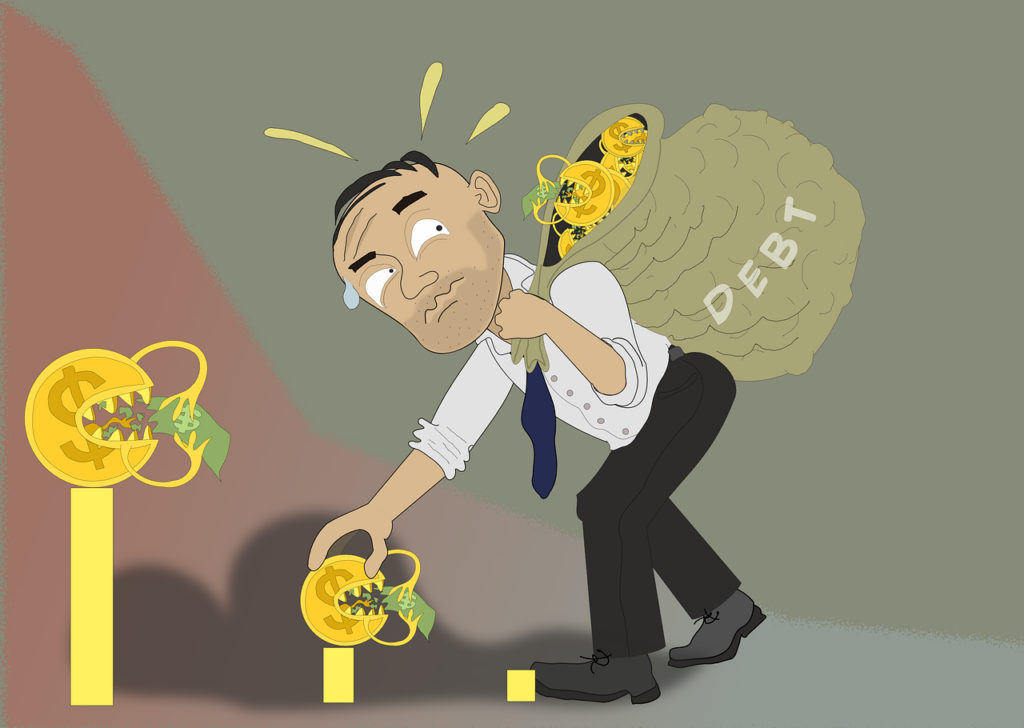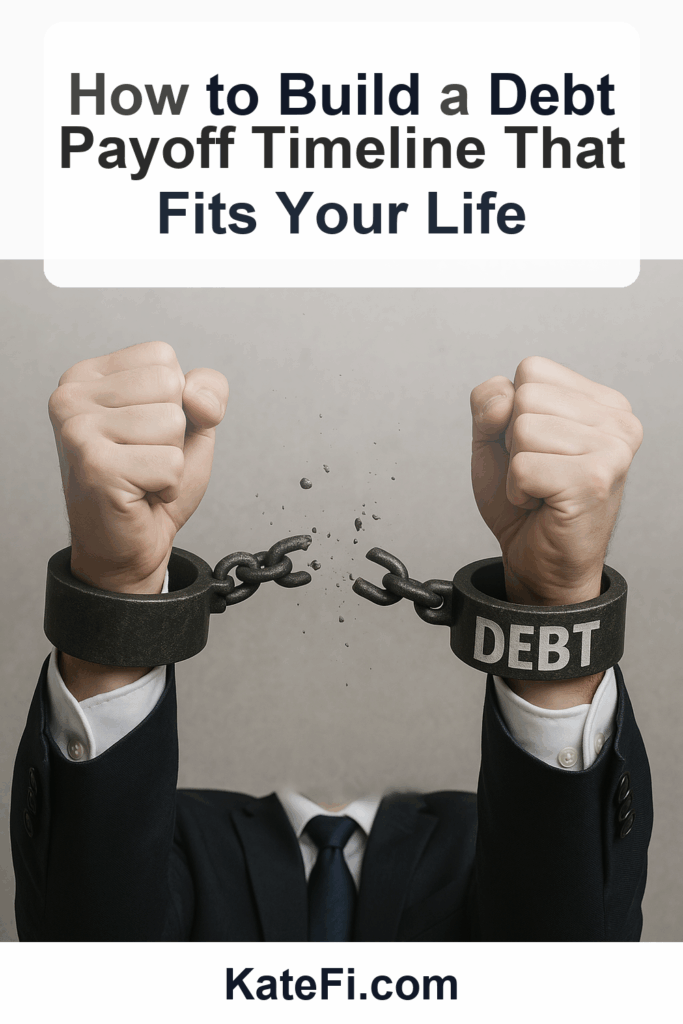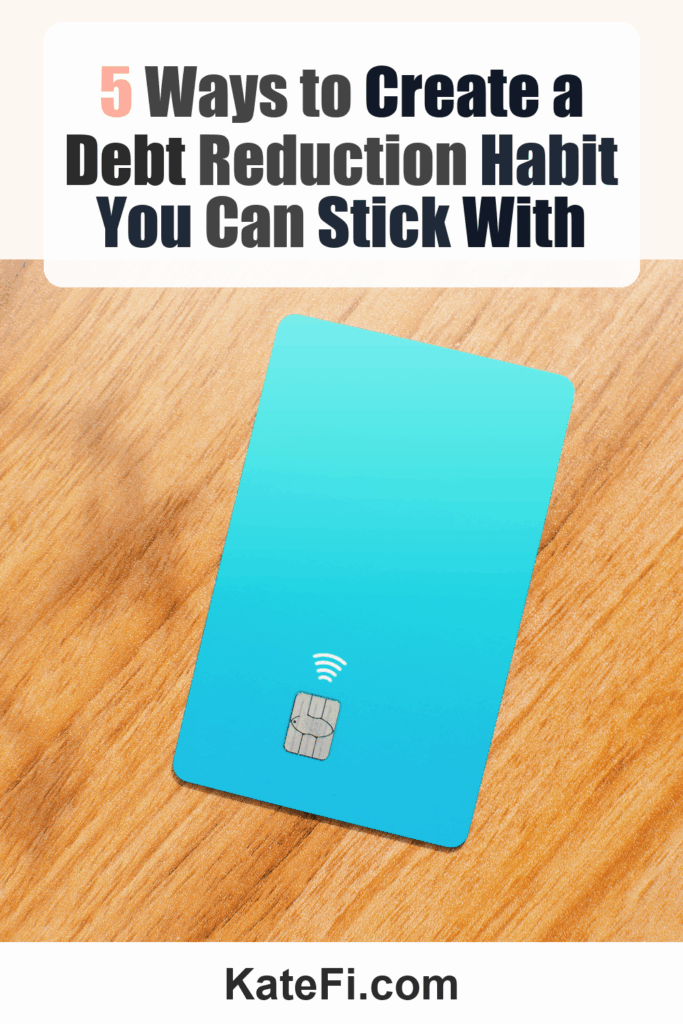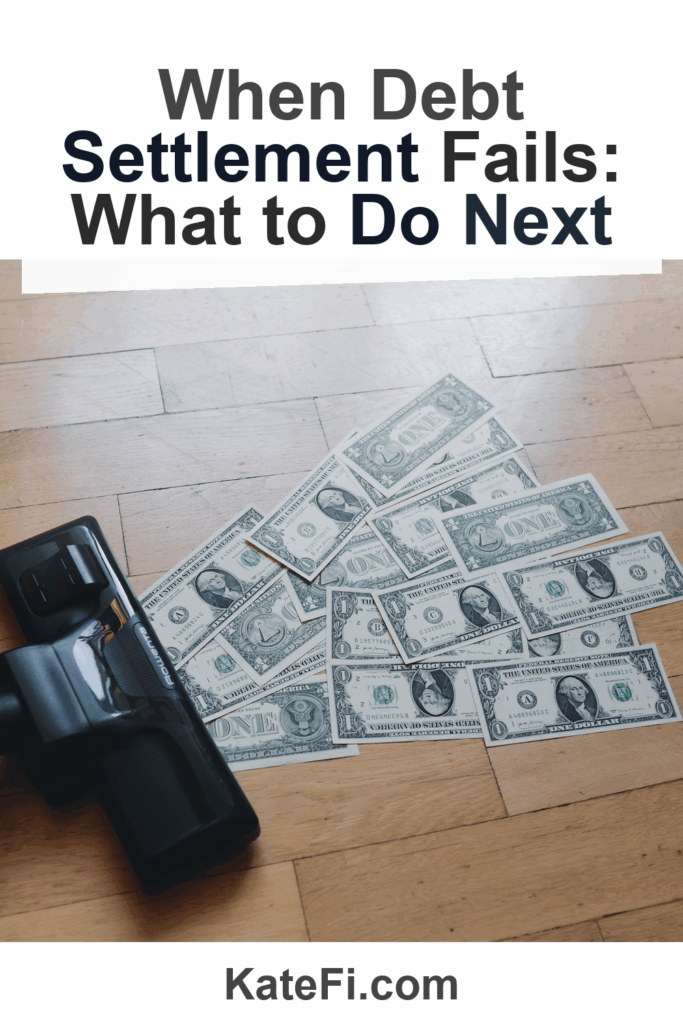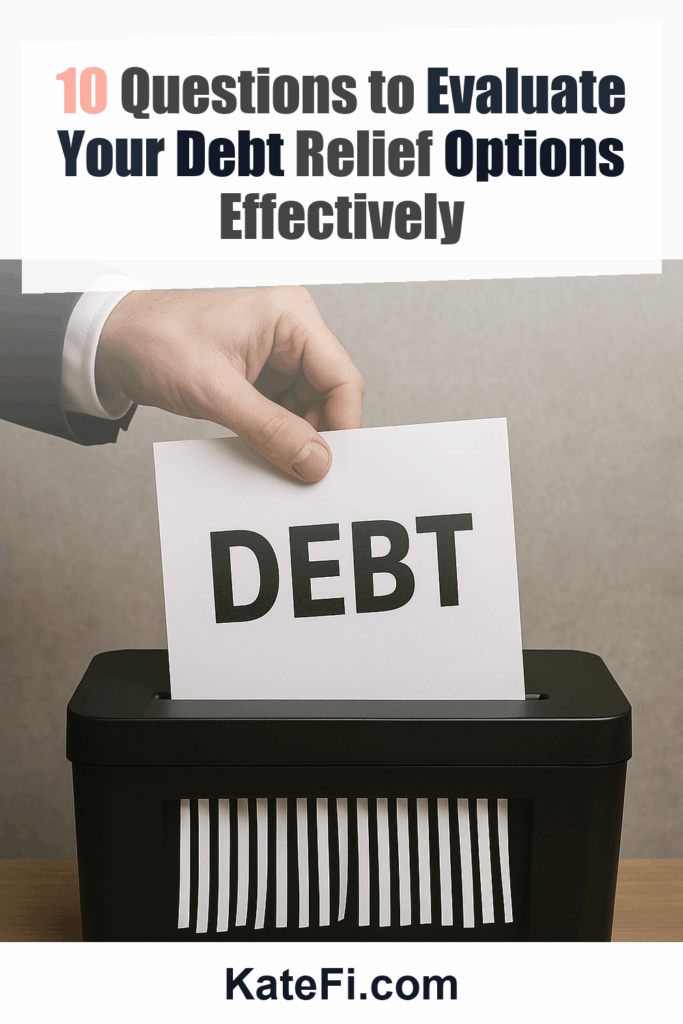6 Simple Ways to Start Budgeting and Stop Debt from Growing
Debt can feel like an insurmountable burden, but with the right strategies, you can not only manage your expenses but also stop debt from accumulating. In this post, we’ll explore practical budgeting techniques, focusing on the popular debt repayment methods known as the Debt Snowball and Debt Avalanche. These strategies can help you pay off your debt more efficiently, but each has its pros and cons. As you navigate your financial journey, consider getting a free consultation to explore your options.
Love our content? Show your support by following us — pretty please!🥺
FOLLOW ON PINTEREST
Hi! I’m Kate, the face behind KateFi.com—a blog all about making life easier and more affordable.
Understanding Your Debt: The Foundation of Budgeting
Lower Your Unsecured Debt
If you have $5,000+ in credit card or personal loan debt, a free consult can review options like settlement or hardship plans.
- One-on-one call to review your debts and goals
- See potential monthly payment reductions
- No obligation to enroll
Not available in IL, KS, OR, TN, UT, WV.
Before diving into budgeting strategies, it’s essential to get a clear understanding of your debt. Start by gathering the following documents for a faster review:
- Credit card statements
- Loan documents (student loans, auto loans, etc.)
- Income statements (pay stubs, tax returns)
- Monthly expense reports
This foundational knowledge will empower you to make informed decisions and set realistic budgeting goals. You might feel overwhelmed initially, but knowing the full extent of your financial situation is the first step to regaining control.
The Power of Budgeting: Why It Matters
Budgeting is the backbone of any financial plan. It not only helps you track where your money goes but also enables you to allocate funds toward debt repayment and savings. A well-structured budget can illuminate your financial priorities and offer a path toward debt freedom.
Here are six simple ways to start budgeting effectively:
- Create a Monthly Budget
Start by listing your monthly income sources and expenses. Include fixed expenses (rent, mortgage, utilities) and variable expenses (groceries, entertainment). By analyzing your cash flow, you can identify areas where you can cut back.
- Implement the 50/30/20 Rule
A popular budgeting strategy is the 50/30/20 rule, which allocates your income as follows:
- 50% for needs (housing, utilities)
- 30% for wants (dining out, entertainment)
- 20% for savings and debt repayment
This method encourages a balanced approach to spending, ensuring that you still enjoy life while prioritizing debt elimination.
- Track Your Spending
Consistent monitoring of your spending habits is essential. Use apps or spreadsheets to categorize your expenditures. Awareness of your financial behaviors can lead to more conscious spending choices and help you spot unnecessary expenses.
- Set Up an Emergency Fund
An emergency fund can prevent new debt from accruing. Aim for at least three to six months’ worth of expenses. This safety net gives you the freedom to cover unexpected costs without relying on credit.
- Review and Adjust Regularly
Your budget isn’t static. Regularly reviewing your budget—monthly or quarterly—can help you adjust based on life changes or financial goals. This keeps your plan relevant and aligned with your financial situation.
- Consider Professional Help
If you’re feeling overwhelmed, don’t hesitate to seek help. Working with a financial advisor or counselor can provide tailored advice and strategies to help you tackle your debt. Consider getting a free consultation to discuss your unique circumstances and explore debt relief options.
Choosing the Right Debt Repayment Strategy: Snowball vs. Avalanche
Understand pros/cons of settlement vs consolidation vs DMP for your exact mix of debts.
Not available in IL, KS, OR, TN, UT, WV.
When it comes to paying off debt, two popular methods are the Debt Snowball and Debt Avalanche approaches. Understanding these strategies can help you choose the right one for your financial situation.
Debt Snowball Method
The Debt Snowball method focuses on paying off your smallest debts first. Here’s a quick overview:
Pros:
- Quick wins: Paying off smaller debts quickly can motivate you.
- Simplicity: Easier to track progress as you see debts eliminated.
Cons:
- Potentially higher interest costs: You may pay more over time if higher-interest debts are neglected.
Timeline Example:
If you have three debts of $500 (credit card), $1,000 (medical bill), and $3,000 (personal loan), you would focus on the $500 debt first. Once paid off, you would use that payment amount toward the next smallest debt.
Debt Avalanche Method
On the other hand, the Debt Avalanche method targets debts with the highest interest rates first. Here’s the breakdown:
Pros:
- Saves money in interest payments over time.
- More mathematically efficient for reducing overall debt.
Cons:
- Takes longer to see progress if higher-interest debts are also larger, which may be demotivating.
Timeline Example:
Using the same debts, if the credit card has a 20% interest rate, the medical bill has a 15% rate, and the personal loan has a 10% rate, you would start with the credit card debt, potentially saving more on interest over time.
Here’s a quick comparison table:
| Method | Pros | Cons |
|---|---|---|
| Debt Snowball | Quick wins, motivating | Potentially higher interest costs |
| Debt Avalanche | Saves money on interest | Slower visible progress |
To decide which method is right for you, consider your financial habits and personal preferences. If you thrive on quick results, the Snowball may be more motivating. If you prefer a mathematical approach that saves money in the long run, the Avalanche could be your best bet.
Impact on Your Credit Score
👉 Start Your Free Debt Relief Review
Not available in IL, KS, OR, TN, UT, WV.
It’s crucial to understand how your debt repayment strategy might affect your credit score. Each method impacts your credit differently, often depending on how consistently you make payments and manage your overall credit utilization.
- On-time Payments: Regardless of the method you choose, timely payments are critical for maintaining a healthy credit score. Missing payments can significantly damage your score.
- Credit Utilization: As you pay down credit card debt, your credit utilization ratio (the amount of credit used compared to your total credit limit) improves, positively affecting your score.
- Account Closure: If you close accounts after paying them off (as with the Snowball method), it may reduce your overall available credit, which can also lower your score.
Getting Started with Budgeting and Debt Relief
Embarking on your budgeting and debt repayment journey can seem daunting, but with a structured approach, it becomes much more manageable. To recap, here are some practical steps to get started:
- Gather necessary documents (credit card statements, loan agreements, income proof).
- Create a detailed monthly budget.
- Choose a debt repayment method: Debt Snowball or Debt Avalanche.
- Regularly review and adjust your budget and debt repayment strategy.
- Seek professional help if needed, such as a free consultation at KateFi to explore tailored options.
✅ See If You Qualify for Debt Relief
Important: This content is for education only—not legal, tax, or financial advice. Results and eligible programs vary by situation and state. Fees apply if you enroll and complete a program. Debt relief can affect credit; missed payments may lead to collections/lawsuits. Not available in IL, KS, OR, TN, UT, WV.
By following these steps, you can take control of your financial future and work towards eliminating your debt. It might be challenging, but every small step counts. Remember, you’re not alone in this journey, and there are resources available to support you every step of the way. Take action today to start budgeting effectively and begin your path toward debt freedom!



